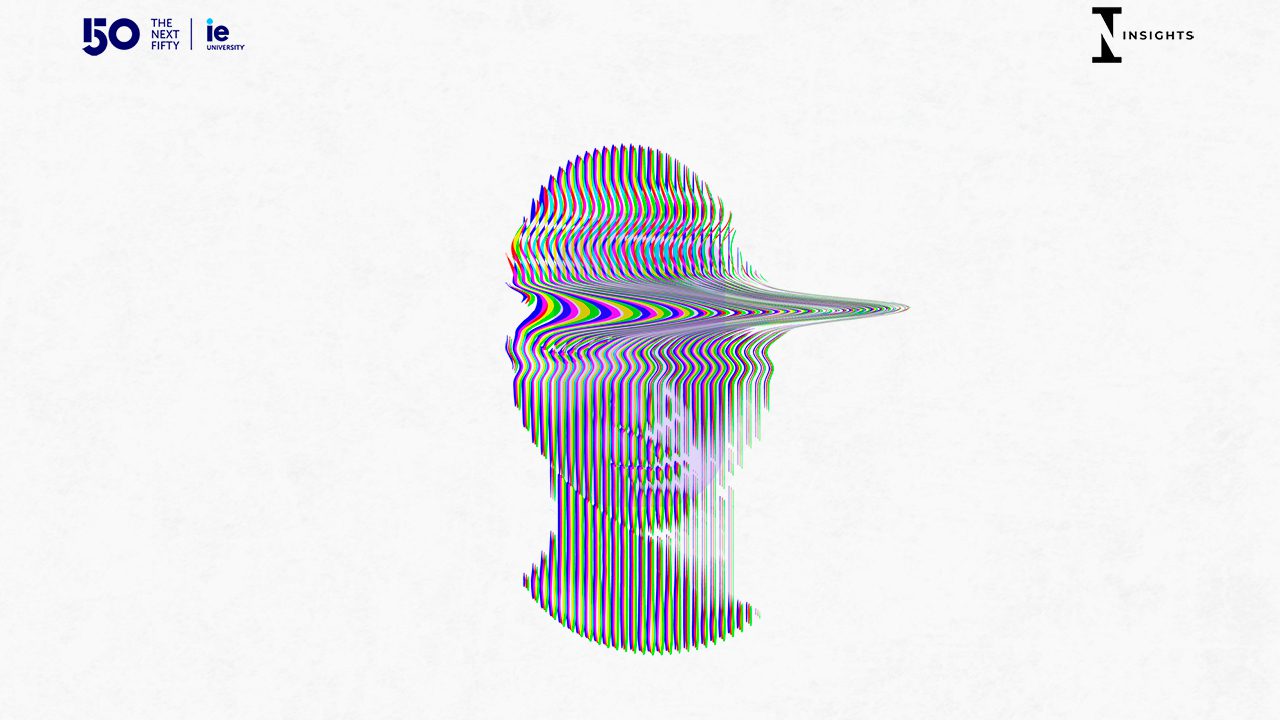Link copied
IE insights - IDEAS TO SHAPE THE FUTURE - Creativity

The Future of Creating, Collecting, and Curating Visual Arts
NFTs and AI artists will bring about a digital Renaissance.
Significant paradigmatic shifts are gaining popularity in the art world: online marketplaces and galleries have become the primary place to discover new artists, more collectors are purchasing digital art than ever before, and museums and galleries are adopting generative art and AI into their shows.
Saatchi Art reported that in 2022, 63% of its collectors bought NFTs, and currently MOMA is showing generative art by artist Refik Anadol, while Christie’s, a major auction house, has included an NFT section on its website. Furthermore, The New York Times reports that some European galleries and museums have begun selling NFT reproductions of works by the likes of Leonardo da Vinci, Caravaggio, Raphael, and Gustav Klimt.
Overall, NFTs have been one of the biggest innovations of the last decade to drastically alter and revolutionize the art world. We look at Beeple’s record-breaking Everydays, which sold at auction for $69 million in 2021 to understand why traditional visual artists are rushing into the NFT game.
NFTs offer a number of new benefits that have previously been mostly unattainable within the old structures of the art world, including proof of ownership, the ability to earn royalties on future sales, and even directly transacting with an audience through NFT platforms such as SuperRare, Nifty Gateway, Makersplace, artists are finally finding themselves in control of their own success. This will inherently lead to an explosion in creativity – a digital Renaissance and now, more than ever before, anyone can become an artist.
In the Web3 world, community is a large aspect of NFT ownership and this is changing the way art is curated and collected. Fans can directly invest in their favorite creators and share in their successes, converting them into art collectors and art dealers. It’s not just a new way of collecting — it’s a new way of thinking about what collecting means and looks like. It is all about community.
It is beyond doubt that the demand for NFT art will entirely overshadow traditional art in the next five decades. Art will no longer be something to simply be looked at on a wall, computer, or mobile screen… or in a museum/gallery. Art collections will no longer need a physical home because they will be integrated into the space virtually. Instead of hanging physical paintings, placing sculptures, and developing installations, art now in the form of NFT can appear on enormous screens integrated into the vertical, horizontal, or diagonal walls or, in fact, any environment, such as outdoor parks – even deserts – creating an exciting immersive experience.
As a result, access to world-class art won’t just be limited to those who can travel to major global art hubs such as Basel, Miami, Hong Kong, and New York because art fairs and exclusive events will all happen in the metaverse.
In addition, AI artists are appearing on the scene quickly and their art is being recognized. These AI artists use algorithms to analyze millions of works of art and produce their own, and are capable of producing artworks at a quicker speed than any human artist. They will undoubtedly become a force to be reckoned with in the next decades.
This shift of paradigm will lead to the elimination of intermediaries in the art world: galleries and art dealers may only exist virtually. Art collectors or fans-turned-collectors will turn themselves into art experts in this new digital space, with the assistance of AI curators.
The future is digital. Art will be created by both human and AI artists and will be entirely curated, exhibited, and collected in Web3 and the metaverse.
© IE Insights.
